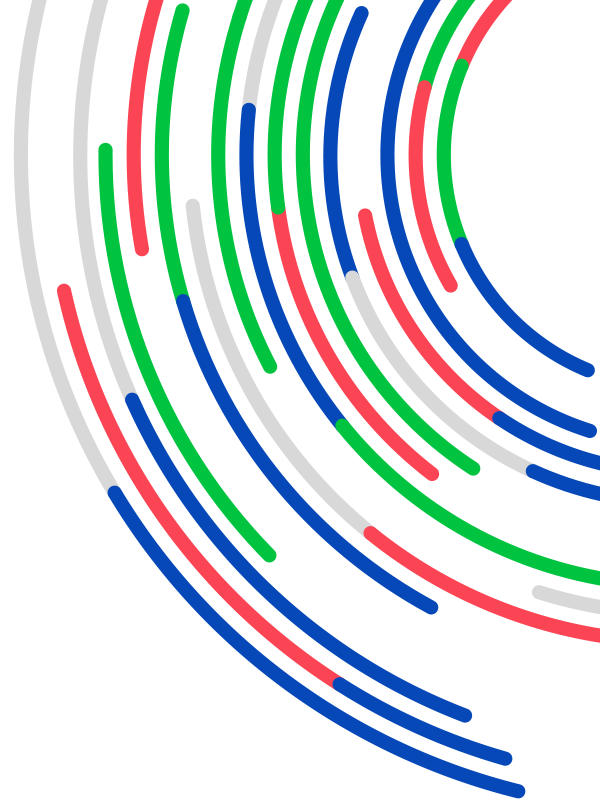
25 years of ITEA
Ground-breaking innovations we’re still grateful for today
This whole year, including in our ITEA Magazine, we will be celebrating 25 years of ITEA by putting the great successes that have been achieved over these past decades in the picture. In the March edition, a small selection of groundbreaking innovations from the first ITEA programme was revealed. In this Magazine edition, we will highlight a few gems from ITEA 2, which ran from 2006-2014, and in the November Magazine, we will take you to ITEA 3, so enjoy the journey!

Modelisar
2008-2011
An international standard for systems and embedded software design in vehicles
In 2008, modelling was not new in automotive systems development, but enabling interoperability between different subsystem components from various disciplines presented engineers with a big challenge. The objectives of the ITEA project MODELISAR were to boost collaboration and innovation across system and software disciplines and to test vehicle behaviour earlier, faster and more affordably in the virtual world.
During the project, the international and open Functional Mock-up Interface (FMI) standard was developed to conveniently exchange and interoperate models from different modelling and simulation environments. Thanks to the plug-and-play coupling of different existing models and embedded software components from different domains, the integrated simulation and testing of a complete mechatronic vehicle system – the functional mock-up – could be achieved at lower costs in less time.
To continue the cooperation beyond MODELISAR, the core FMI development partners founded a new Modelica Association Project, ‘Functional Mock-up Interface’ (FMI MAP) - https://www.fmi-standard.org. There are already 170+ software tools supporting FMI, demonstrating the great success of the MODELISAR project.
FMI is currently being exploited in many system design tools in automotive applications by OEMs and their suppliers within a large variety of areas: engines, engine controls, powertrain and cabin applications like air conditioning. After MODELISAR, FMI gained worldwide acceptance in the automotive domain and is spreading widely in non-automotive areas like aerospace, trains, automation and energy.
Finally, many follow-up projects have continued to build on the legacy of MODELISAR, making vehicles more efficient and safer. MODELISAR laid the foundation for the digital transformation of the car industry in Europe.
Metaverse1
2008-20011
The missing link between the real and the virtual
15 years ago, virtual worlds were already available in serious computer games and simulation models. However, they were mostly standalone and independent of each other with little or no connection to the real world. The ITEA project Metaverse1, which successfully ran from October 2008 to March 2011, set out to overcome this isolation by defining a standard to enable connectivity and interoperability between virtual worlds and the real world. The objective was to define interoperability in such a way that it would be possible to exchange information between worlds.
An important development of Metaverse1 was a standard interface between the real physical world and the virtual simulation/serious gaming world. This made it possible to attach real-world sensors, such as body parameter or environmental sensors, to provide input to simulations or, alternatively, obtain feedback from such models for the real world, such as to control lighting, temperature and ventilation or for personal wellbeing.
A key outcome was an international standard within the ISO/IEC Moving Picture Experts Group (MPEG). The first version of the ISO/IEC 23005-1:2010 (MPEG-V, media context and control) standard was published in January 2011. MPEG-V defines boundary conditions, but the real added value is in the applications – transforming the signal into something useful.
Nowadays, the metaverse is a hot topic and some of the world’s biggest companies are investing billions into building technologies and experiences, promising us an entirely new way of interacting and new wave of innovation. According to Harvard Business Review in May 2023, the metaverse, while still in its early stages, will help us connect with people from all over the world in a more meaningful way and can help us be more productive and fulfilled in our personal lives. Metaverse1 contributed to this by creating the missing link between the real and the virtual 15 years ago.
SoRTS
2014-2016
Tumour in sight during radio treatment
Radiotherapy affects not only cancer cells but also healthy cells in the area that is being treated, so it is important that as little healthy tissue as possible is affected. The problem is that the movement of a tumour under the effect of respiration, for example, risks damaging surrounding tissue, whereas magnetic resonance imaging (MRI), the only imaging modality that can visualise tumours well, traditionally takes minutes to create the image. The goal of the SoRTS project was to develop a system of realtime systems to have the tumour in sight during radio treatment.
One of the key outcomes of the ITEA project SoRTS was the MR-LINAC (Magnetic Resonance Imaging - Linear Accelerator) system, commercially introduced as the Elekta Unity, designed to improve the targeting of tumour tissue while reducing exposure of healthy tissue to radiation. In 2020, this version of the MR-LINAC was already available in more than 60 places for patient treatment worldwide and the order intake is increasing.
The innovative MR-LINAC treatment offers clear benefits for patients, as much fewer treatments are necessary and the treatment takes less time and is less intrusive, enabling patients to continue their daily lives. Unfortunately, the project leader himself needed radio treatment during the last year of the project. The traditional treatment would have involved 20 treatments in four weeks. However, the MR-LINAC treatment, based on the SoRTS project results, offered a treatment of five sessions in 20 days. This reduced the burden of travelling to the hospital substantially and the side-effects, like fatigue, were also much less. As less tissue is damaged, the recovery time in general is also much shorter. In fact, he was even able to work about half of the time in these 20 days instead of being out of work for four weeks. Also, possible discomfort, like being partially out of action for a few months, did not occur with the MR-LINAC treatment.
Finally, there is also a strong benefit for hospitals. As fewer treatments are needed per patient, they can treat many more patients in the same amount of time. Saving costs, saving time, saving lives.
C³PO
2014-2017
C³PO democratises city planning
With almost five billion people living in cities, the urbanisation and immigration challenges posed to cities are becoming immense. City design is complex and everything impacts everything else. City planning by co-design is a solution, but it requires simple access to different sources of information, the visualisation of relevant information for decision-making, the simulation of different scenarios, stakeholder communication support and the combination of static and dynamic data.
The ITEA project C³PO has found ways for city planners and designers to consult citizens throughout the urban transformation process and thereby give citizens a better say in urban developments. The consortium of 21 partners developed a cloud platform based on existing technologies and applications, as well as new products for the smart cities market. The project was strengthened by the participation of the cities of Brussels, Kortrijk, Kouvola and Oulu and the Municipality of Pendik (a district of Istanbul), which served as test beds. A few examples of the many developed and enhanced applications and products are the ‘Participation pavilion’ from Studio Dott, allowing them to enter a new market with a projected revenue growth of €1.7 million within five years for them. Barco created, among other things, TCAVE, a world-first professional collaborative VR solution, and CANVAS, which addresses a new market segment for Barco in which they expect an annual growth of about 10% in the coming three to five years.
Thanks to the C³PO project, citizens can now benefit from better liveability and engagement in their city, gain new ways to participate in improving the place where they live and work and have continuous access to up-to-date city development plans that they can influence. Cities, supported by enhanced data analysis procedures, profit from improved decision-making processes and mitigated urban development risk through better planning and prediction and can actively involve their citizens.

Other chapters
Use the arrows to view more chapters
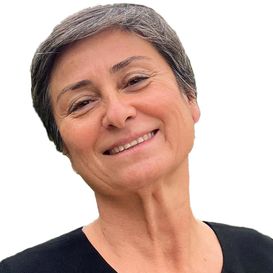
Editorial
By Zeynep Sarılar
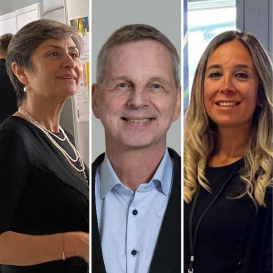
25 years of ITEA
Two Public Authorities share their views of the ITEA experience

Country Focus: Sweden
Research and innovation are crucial for competitiveness, sustainability and resilience
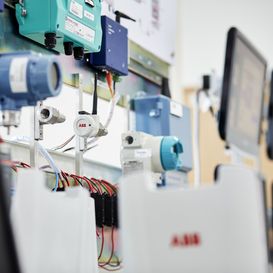
ABB
Provider of world-leading sustainable and automated solutions
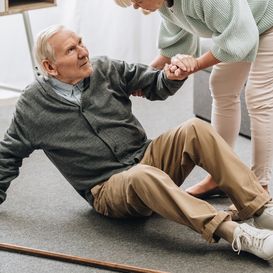
HeKDisco Project benefits story
AI system and smart wristband helps prevent the elderly from falling

ITEA Success story: PARTNER
‘One patient, one team’ approach for hospitals
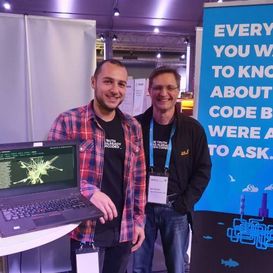
SME in the Spotlight: Cape of Good Code
A business value metric for software leaders

Community Talk with Gjalt Loots
A multifaceted connector!
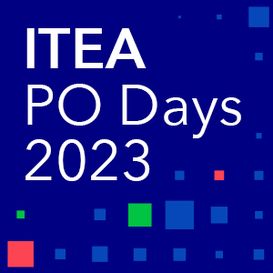
ITEA PO Days 2023 & 25 years anniversary and exhibition
Become part of ITEA's next ground-breaking innovation!
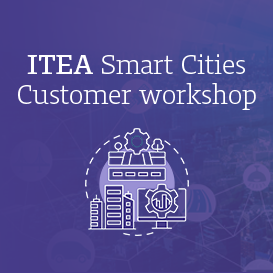
ITEA Smart Cities customer workshop
Insights into the 2023 Smart Cities customer workshop

ITEA Success story: VMAP
Enhancing interoperability in virtual engineering workflows
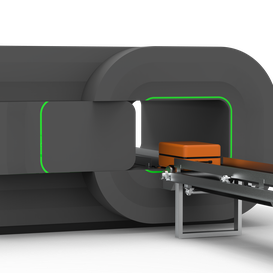
By and for end-users
Dynaxion aims for a safer society with AI-based Spectroscopy

25 years of ITEA
Ground-breaking innovations we’re still grateful for today
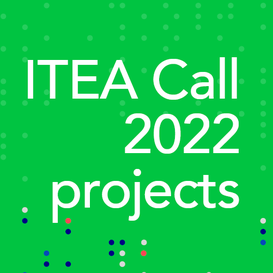
ITEA Call 2022 projects
Unveiling strong international projects with focus on AI




